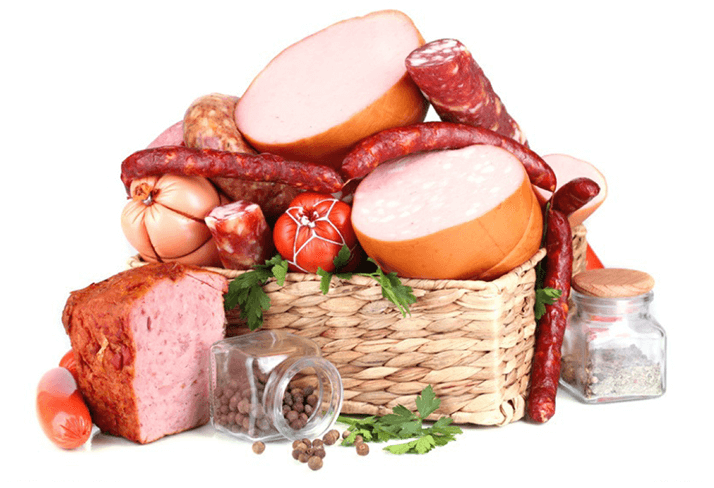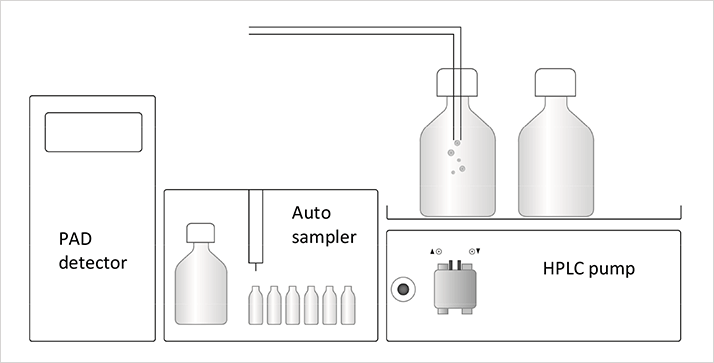Summary
The market for lactose-free products is growing rapidly and constantly and Europe is a worldwide leader in the lactose-free market. Between 2012 and 2016 the sales of lactosefree products are expected to increase by 75 %.1,2 Studies additionally state that customers who are lactose intolerant or believe they are, will pay a big premium for the right product.1 From these statements it becomes obvious that a huge demand for lactose-free products is existing in the industry. An HPLC method that easily reaches the required LOD by using High-Performance Anion- Exchange Chromatography coupled to pulsed amperometric detection (HPAEC-PAD) on a KNAUER AZURA® Analytical HPLC system coupled to the DECADE II electrochemical detector is presented. Besides lactose, also sucrose and glucose were analyzed to prove the method's ability to differentiate several sugars.
Generally, lactose intolerance is the inability to digest lactose caused by the deficiency in the enzyme lactase which hydrolyzes lactose into glucose and galactose. More than 65 % of the world's population loses the ability to completely digest lactose after infancy what is called primary or late onset lactose intolerance.3 Reduction in lactase activity is rarely total but decreases to 10 – 30 % of the initial level between the ages 5 and 20.4 Additionally, secondary and developmental lactose intolerance occur and it can be stated that lactose intolerance is an important subject worldwide. Although in European countries like Sweden and Finland for example, lactose tolerance levels of 74 % and 82 % are widespread, the market for lactose-free products is growing and the regulations are getting harder.5 In many European countries, the limit of lactose in lactose-free labeled products was decreased from former 100 to now 10 mg/100g product in the last years.6 This makes an HPLC method with low detection limits inevitable for the quality control of these products. Special methods and systems are needed because classical determination of sugars in food products is far too insensitive in this special case. The lactose content of food products can generally be determined in several ways. Validated methods do exist for enzymatic essays, polarimetry, gravimetry, differential pH and HPLC.
Today, HPLC is the method of choice when sugar contents in dairy products have to be analyzed because it is a highly specific method with the ability to differentiate other sugars. The typically used and validated method is HPLC on an ion exclusion column coupled to RI detection. But in the special case of lactose analysis in lactose-free products, this method is far too insensitive. Therefore, special methods have to be applied to reach the wanted low detection limit of 10 mg/100 g sample.

Samples from different nondairy food products were extracted using various extraction protocols, filtered and injected to the HPLC system.





